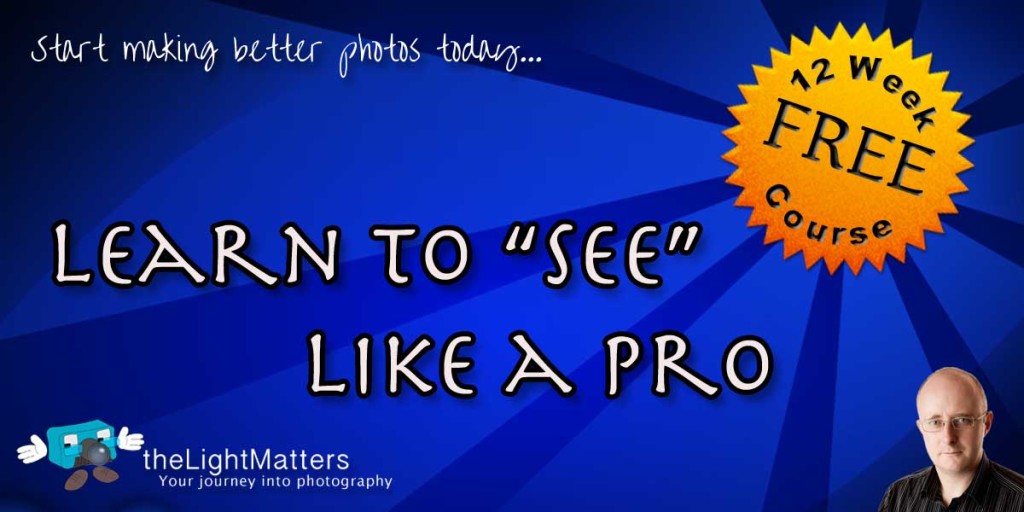There is a definite art to selling. There are definite DO’s and definite DON’T’s. When you come across a great salesman/saleswoman, someone who really knows what they’re doing rather than push-push-push, it’s a really great experience for BOTH parties. Sadly you don’t find these people very often which is a real shame. I touched upon this subject in a recent post, here and my change in attitude towards telesales, here. This post expands on this a little further.
This afternoon, I had a telesales call from someone at BT trying to sell me advertising on an internet directory. After initially posing as a customer I quickly established that this wasn’t in fact a enquiry but rather was going to cost me. How did I, as the prospect feel? Annoyed and feeling that this wasn’t someone I could trust. He’d already lost me. At this point I’d already made up my mind I wasn’t interested but more importantly, I wasn’t going to be parting with any money.
Lesson 1: Don’t deceive or mislead the prospect, intentionally or otherwise.
Selling is all about building a level of trust with the prospect or customer. If they even begin to think you cannot be trusted you’re going to be in for a very long, up hill struggle. You’ve probably already lost the sale. If you’re technique is so bad that you cannot build that level of trust you’re unlikely to be a good enough salesperson to get them to change their mine.
Next came his spiel, telling me how important it was to have a front page listing. Trouble is, I already have a front page listing with Google and I’m also on several wedding and portrait directories too. In fact, he’d found me through one of these – I was quite chuffed by this as it proves my advertising is working. Unfortunately he dug himself in deeper at this point by telling me that people often overlook that section on the front page.
Lesson 2: Don’t BS the prospect or insult their intelligence
Having told the prospect how absolutely critical something is to their success, don’t then give them a load of BS about how their current solution isn’t working.
In the end I lost my patience. The conversation wasn’t going anywhere and I was feeling that I was wasting my time and just wanted to get rid of him. Unfortunately, having told the man from BT that I really wasn’t interested, several times, he still kept going with the certain belief that I was going to miraculously have a change of heart and place an order. So intent was he on making that sale I was hardly able to get a word in. It actually got so bad that in the end I just started to talk over him until he shut up.
Lesson 3: Give the prospect an opportunity to speak
Conversation is a 2-way form of communication. A sales conversation is likewise a 2-way form of communication with focused on getting the prospect to buy a product or service. Not giving the other party a chance to speak isn’t a conversation. It’s now a lecture.
Lesson 4: Listen to the prospect.
Listen to the prospect not only for what they are saying but also how they are saying it. With telesales there is no non-verbal communication but you can tell the mood of the prospect from the tone of voice, the stress in the voice, the choice of words and the rate of delivery.
I cut him short – I wasn’t interested in what he was saying. In the end I just asked him to let me know how much this was going to cost. I had to ask a grand total of four times before I got a single figure out of him. Each time he would launch back into his sales pitch again. In the end I simply cut him short again and said “I’m not interested in any of that. Let’s just cut to the chase. How much for a year’s subscription?”
Lesson 5: Answer the prospect’s questions
If the prospect asks a question it is because they want to know something. What they don’t want to hear is another lengthy sales pitch meandering around the subject in the vague hope that there is an answer lurking somewhere in the not too distant future.
The first figure that came back was £695 for an annual subscription that would target 3 counties. Strike 1. My Google listing is free. Why would I wish to spend nearly £700 for something that will give me the same service? I asked him that and the figure dropped.
Round 2 was for a single county and he came back with £299 as a setup fee and then £70 per month after that. Strike 2. Why was this more expensive than the first quote? After all it was for a much reduced level of coverage? It turns out that the first figure was just the setup fee and would also incurr an additional £130 per month. Why hadn’t he told me that before? Strike 3.
Lesson 6: Don’t try to confuse the prospect
If the prospect cannot understand the figures that are being quoted or what those figures actually relate to they will not buy from you. In the prospect’s mind they need to understand exactly what they are getting for their money.
Lesson 7: Don’t hide costs from the prospect
This comes back to trust. The price of the product or service needs to be clear and transparent. Suddenly revealing a large increase in price to the prospect is more likely to terminate the discussion than to close the deal.
Lesson 8: Value for money
The prospect needs to believe they are getting value for money. In the case above a setup fee of £299 for BT to simply enter some text into a database is a lot of money, especially as I would need to write and provide it. Why then does this increase to £695 for three counties? I don’t understand this. I don’t know how they’ve written the database but it is most likely just selecting two more check boxes. At £200 per tick that is not value for money.
As a customer, if I don’t understand the price, I won’t buy.
As a customer, if I don’t see the price as value for money, I won’t buy.
In the end I hung up on him mid sentence. I don’t like doing that but by this time I was getting annoyed with him.
Lesson 9: Don’t aggravate the prospect
Blatantly arguing with and annoying the person you are trying to sell to isn’t going to get the sale. Either now or at any time in the future. It leaves a foul taste in the mouth and will only serve to damage the brand.
For example, a few years ago I bought a car from a local garage. The salesman worked the deal I wanted and I bought the vehicle. When it came to the time to change the car I went back to the same garage. I found another car, struck a good deal and very nearly bought it. I’m glad I didn’t. I found out at the very last minute that the car wasn’t at all what the salesman had been telling me. I very nearly bought something that wasn’t at all what I thought it was. In essence I wouldn’t have bought the vehicle I thought I was buying or that was very nearly sold to me. I walked away from that one and have never been back to that garage since. Worse than that though – in the ensuing years, every time I was asked what I thought about the place I recounted this story. I could have told them either story but the negative one is the more memorable. Costomer recommendation works both ways.
Lesson 10: Know when to give up
I mentioned in an earlier “lesson” to listen to the prospect. From this it should be apparent when to give up and move on. Once a person’s mind is made up it can be very hard to change it. Sometimes it is better to move on rather than pursue a pointless negotiation. The call I’ve written about here lasted 7 minutes and 55 seconds before I hung up. I gave the BT salesman an early exit in the first minute when I repeatedly told him I wasn’t interested but he chose not to take it. Judging by the time of the call, I was probably the last one he made today. He had the option to terminate this call and still have time to pitch the directory to another prospect who may have taken the deal. What would you have done?
In summary then, think about the conversation and where it is going. For my type of business and the client I look for, this type of high pressure sales technique isn’t going to work. It isn’t my style and isn’t something I intend to do. With my wedding and portrait photography part of my success is that I rely on the client feeling at ease with me. I need them to be relaxed and at their best during the photoshoot. That way I get better images and (hopefully) they’re inclined to not only buy more products but also recommend me to their friends and colleagues.
There are many different ways of selling products and services. Each one has its place. Each one has its merits. Each one will work or not work in a particular situation because of many different reasons. The art of selling is also about using the right technique in the right situation to sell the right product or service to the right customer. Get it wrong and you’re in for a tough time. There simply isn’t a “one size fits all” approach



[…] This post was mentioned on Twitter by Gavin Thorn. Gavin Thorn said: Great lesson in how not to sell, courtesy of a telesales call from BT this afternoon – https://theLightMatters.com/?p=521 […]